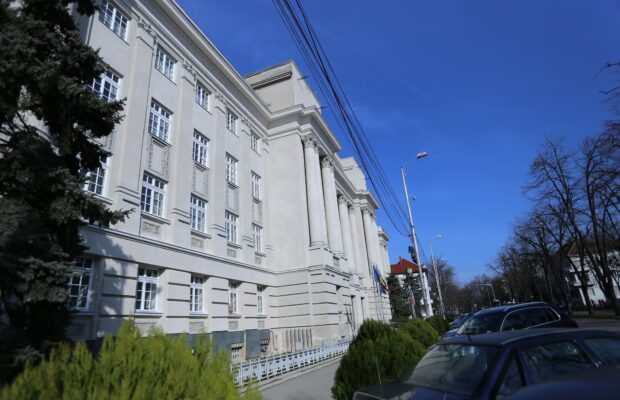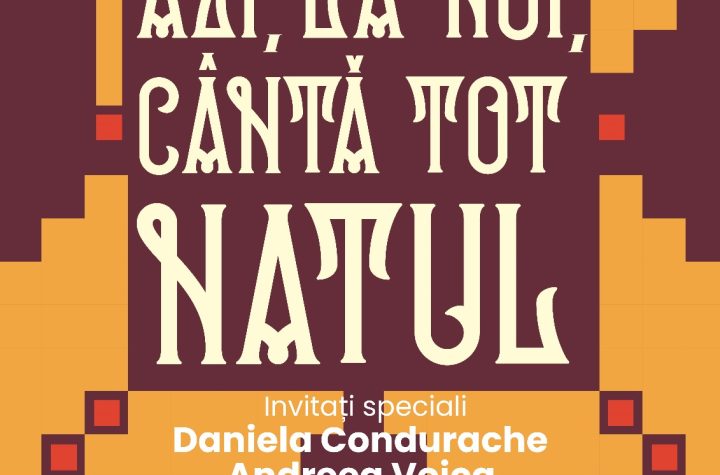Illegal Migration from Romania to Yugoslavia and Hungary 1944 – 1989
A lecture by Dr. Peter Chroust
9th of May // 18:00 // Palatul Ștefania
In Eastern and South-Eastern Europe, 20th century was from the beginning an epoch of shifting borders and shifting populations. The continuous experience of unstable borders stimulated a climate of mistrust, hostility, and revenge between the different powers and governments – before and after 1945.
Quite in contrast to the permanent declared “eternal friendship”, the borders between “socialist brother-states” developed from checkpoint borders to fortified borders, and created in this way the Second Iron Curtain in Eastern Europe. This tendency was not only reactive to the Western world in cold war times, but also a strategy for protecting the territories against the allied neighbor states. Because each Eastern “socialist” state suppressed frozen conflicts along its border lines.
Romania was the only Eastern “socialist” state without direct borders to a “capitalist” state. Nevertheless the border to Yugoslavia (and Hungary) became gradually fortified – and to Yugoslavia probably the bloodiest one in Europe.
The presentation of Dr. Peter Chroust will start by sketching three dimensions of Romania’s border construction: the material, the political, and the ideological dimension. Material construction means all aspects of building, improving and supervising the physical border. Political construction includes aspects like the border regime and the legal position. Ideological construction covers e.g. propaganda activities and aesthetic aspects.
Further central topics will be: the different reasons and forms of illegal border crossing, the ethnic and gender structure of the illegal migrants from Romania to Yugoslavia and Hungary and the construction of ethnic centered victims’ narratives, which still dominates public (and private) remembrance.
The presentation will conclude with some suggestions “What should be done?”: Declassification of the archival files/ Transnational research projects/ Desiderata/ Court proceedings/ Compensation to the victims resp. their relatives/ Documentation center.
The lecture is a connecting event to the exhibition “NACH DEM FEST DAS FEST” f the artists Katharina Eismann, Hagen Bonifer and Sven Eismann (4 – 21 May, Palatul Stefania) and it is organized by the German Cultural Center with the support of Goethe Institut Bukarest and the Centrul de Proiecte al Municipiului Timișoara.
THE LECTURE IS HELD IN ENGLISH.
FREE ENTRANCE
About the speaker:
Dr. PETER CHROUST
Born 1951 in Vienna (the father’s Czech-Hungarian family rooted in Timişoara/Temesvár).
Political scientist (since 2016 independent), main research topics: German university history 1918 – 1968; Political, scientific, and cultural perception of Romania in Germany in the 20th and 21st century.
Visits to Romania since 1965. 1980 and 1982 journalist and ethno-musicological research in Maramureş and Vîlcea, 2007 – 2010 presentations at the Romanian Culture Institute (ICR) in Vienna, 2009 presentations in Sibiu and Timişoara (Universitate de Vest). 2018 presentation at the World Congress of Borderland Studies at Budapest (Central European University), 2021 presentation at the Online-Conference of the IICCMER Bucharest.
Jurnalist, scriitor, editor, terapeut






Te ajutam sa faci bagajul!
URMARITI OFICIAL MEDIA PE CANALELE NOASTRE
AUTORII OFICIAL MEDIA
De ce ne sperie o VIATA NOUA? - Oana Grigore
Ce mai poti citi
Selecția programelor din cadrul Agendei sportive, la final. Consiliul Județean Timiș a alocat anul acesta peste 3 milioane de lei
WEEKEND CU FOLCLOR LA TÂRGUL DE PAȘTI Spectacole cu Ansamblul „Timișul”
Conferința Continentală KOLPING EUROPA